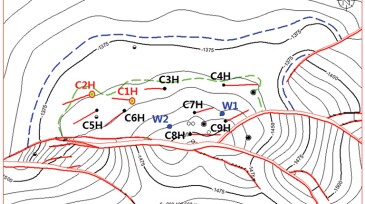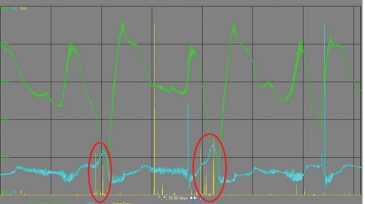Sand management/control
Aurora Innovation and Detmar Logistics have inked a deal for 30 autonomous trucks that will begin hauling sand in the region next year.
This paper describes an automated workflow that helps mitigate sanding caused by excessive drawdown by determining the minimum tubinghead pressure.
As reservoirs become more complex and economics tighter, the industry is shifting toward more-adaptive, data-informed, and targeted solutions. New research highlights innovative solutions that not only address technical limitations in existing designs but also enhance decision-making through digitalization and cross-disciplinary integration. The papers highlighted her…
-
This paper presents lessons learned and best practices from several chemical sand-consolidation and sand-agglomeration treatments performed in mature fields in Malaysia.
-
This paper presents the lessons learned from optimizing sand control and management strategies of an offshore sandstone oil field offshore Nigeria after multiple sanding events and well failures.
-
The paper describes an integrated work flow to apply autonomous inflow-control devices successfully in an offshore heavy-oil reservoir with significant uncertainty in remaining oil thickness and water/oil contacts.
-
A major issue facing many production engineers is sand management. There are many obstacles equipment hasn’t historically been able to overcome and prolonged use is costly.
-
A well-flux surveillance method to monitor and ramp up production for openhole standalone screen completions is described that optimizes production by considering risks of production impairment and screen-erosion failure.
-
Skipping one traditional step in the supply chain might save oil and gas companies hundreds of millions of dollars a year while making a meaningful dent in emissions.
-
Field examples presented in the complete paper describe principles of data acquisition with a sand-detection tool when run in combination with a production logging string and results of logging in slightly deviated wells completed with sand screens.
-
The complete paper discuses a well with a history of sand production that exhibits long cyclic slugging behavior.
-
Sand-control-installation failures range from minor issues that can be remedied easily to catastrophic events that put the entire well and investment at risk.
-
Sand control has evolved over the years; however, the fundamentals of screen sizing have not changed. Particle-size distribution remains the basis for most designs. Laser diffraction has provided better definition of fines, and greater focus is placed now on particle-shape characterization.













